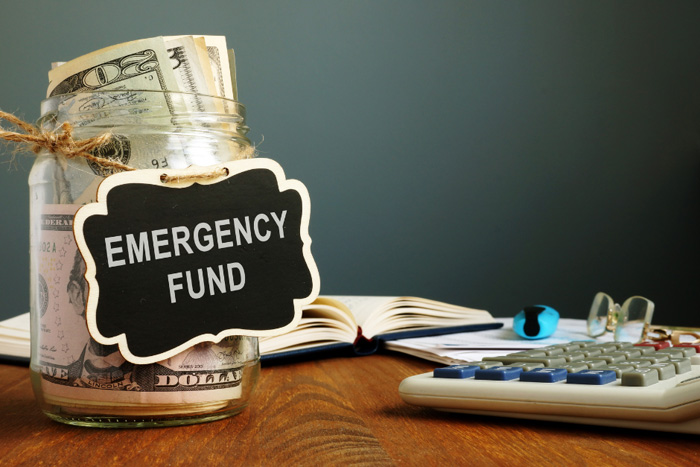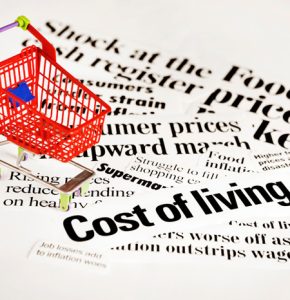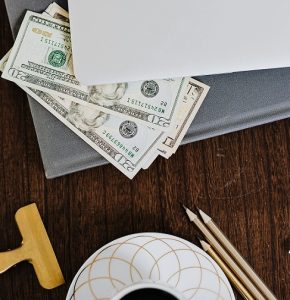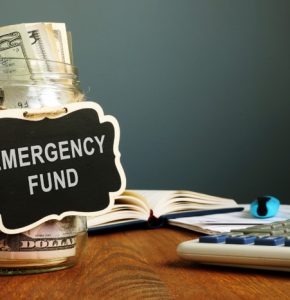
If there’s one thing motherhood taught me, it’s this: life loves surprises. And not the “flowers and cake” kind — more like the “sirang ref,” “biglang sipon lahat,” or “may school fee pala bukas” kind of surprise. 😅
This is why having an emergency fund is one of the most important things for Filipino families. But the big question is… magkano ba dapat?
This is something I only learned later in life. When I was younger, my emergency fund was basically “Bahala na si Batman.” But after I became a mom, I realized… Batman won’t pay for the doctor, the car repair, or the unexpected tuition contribution. Ako talaga.
So here’s a simple, stress-free guide to building an emergency fund in the Philippines — the same one I follow today.
How Much Should Your Emergency Fund Be?
Financial experts say 3–6 months of living expenses.
But let’s be realistic, momsh — not all families can save that much right away.
So let’s break it down into levels:
Level 1: Starter Emergency Fund — ₱5,000 to ₱10,000
Enough for:
✔ Minor fever/clinic visit
✔ Medicine
✔ Small appliance repair
✔ Emergency school expenses
Level 2: Basic Emergency Fund — 1 month of expenses
Good for:
✔ Temporary job loss
✔ Bigger medical expenses
✔ Car or home problems
Level 3: Complete Emergency Fund — 3–6 months
Ideal for ultimate peace of mind.
Real Talk: Our Own Emergency Moments
I’ll never forget the week our ref broke down. As in, ayaw na talaga. And because it was summer, everything inside melted, spoiled, and needed replacing. Ang sakit sa bulsa!
But because we had our emergency fund ready, hindi kami nag-panic. We just dipped into the fund, bought a new one, and life went on.
Then came the time all kids got sick at the same time — clinic visit, meds, vitamins, follow-up… Ay naku. Again, that emergency fund saved us from utang.
This is why I will forever say this:
“Peace of mind is priceless.”
How to Start an Emergency Fund (Kahit Tight ang Budget)
1. Start small — even ₱20–₱50 per day adds up.
2. Separate account — para hindi matukso galawin.
3. Add windfalls — 13th month, tax refund, bonuses.
4. Sell unused items — decluttering + cash!
5. Automate — use GCash, Maya, or bank auto-save tools.
Where to Keep Your Emergency Fund
✔ Digital banks (higher interest)
✔ Savings account
✔ Cash on hand (small portion only for quick grabs)
Avoid investments — it should be SAFE and ACCESSIBLE.
Building your emergency fund in the Philippines is not about perfection — it’s about protection. Start small, stay consistent, and trust that future-you will thank present-you for this kind of love and preparation.
Every peso saved is a step toward peace of mind.











